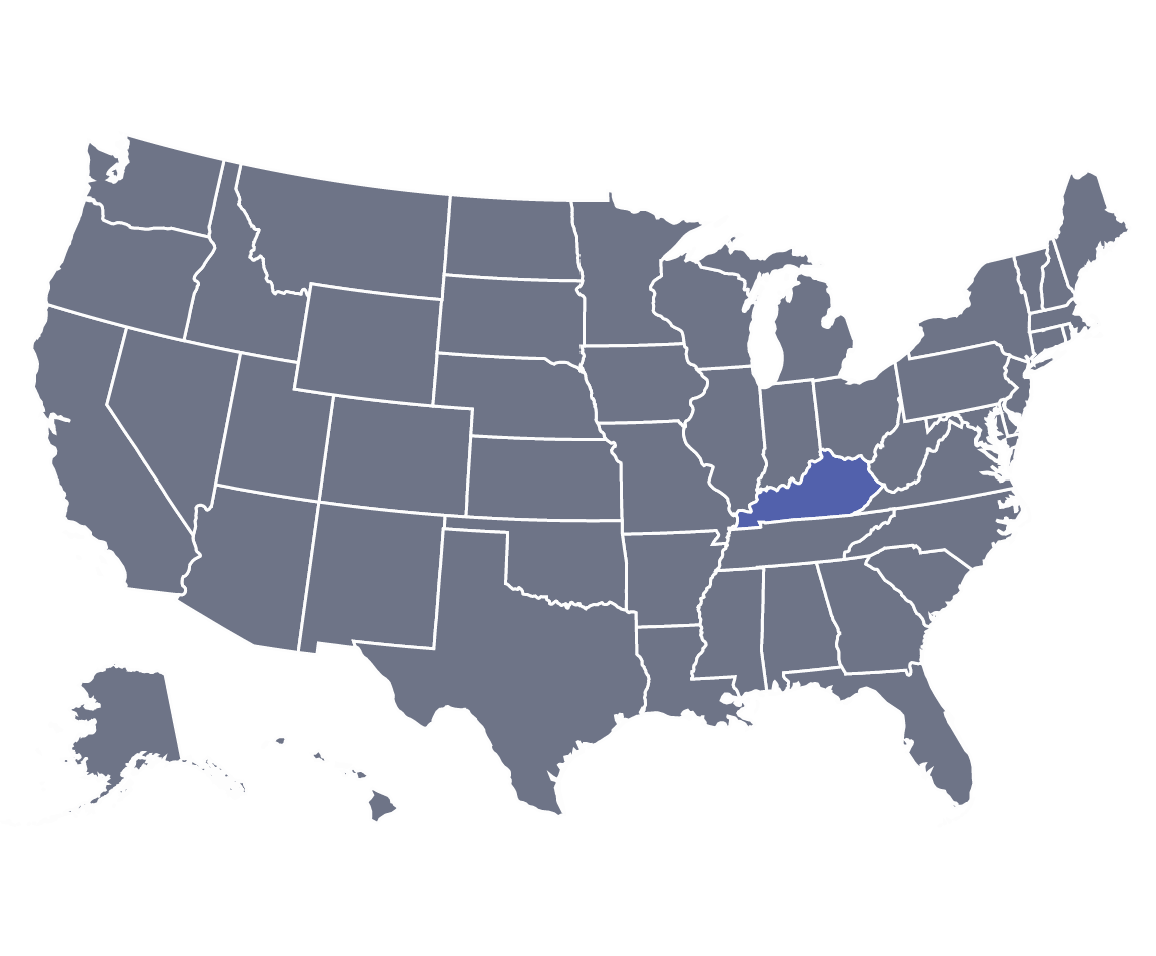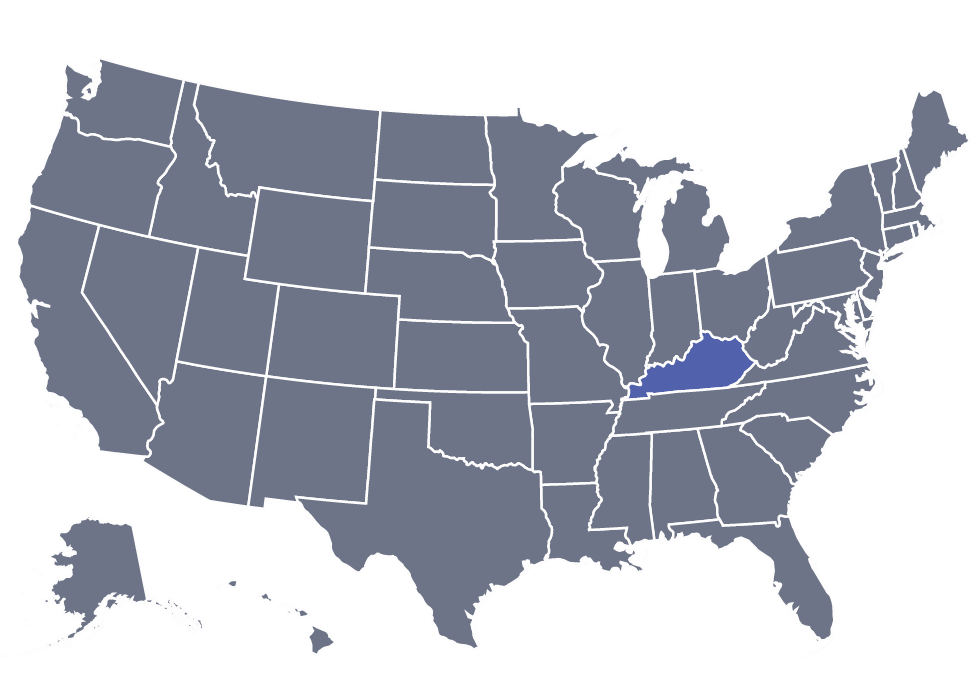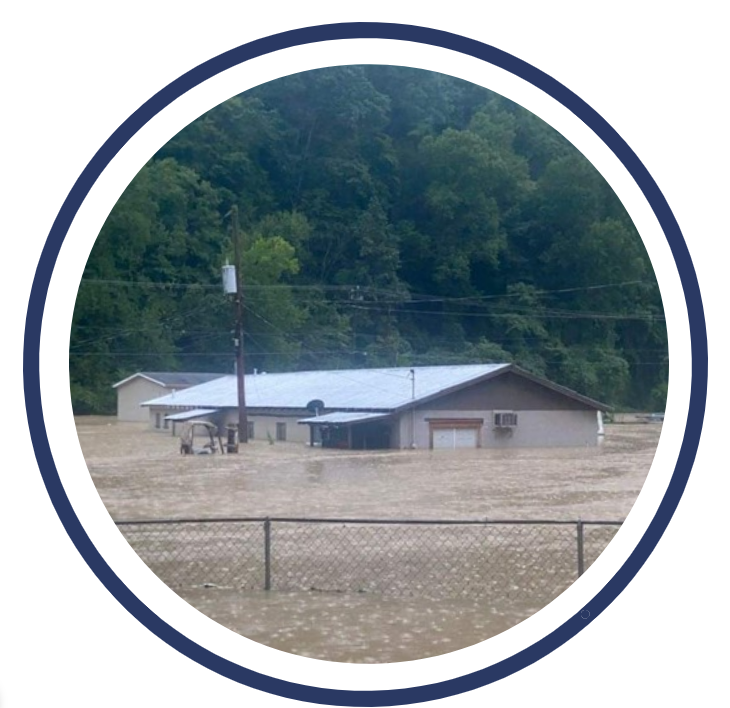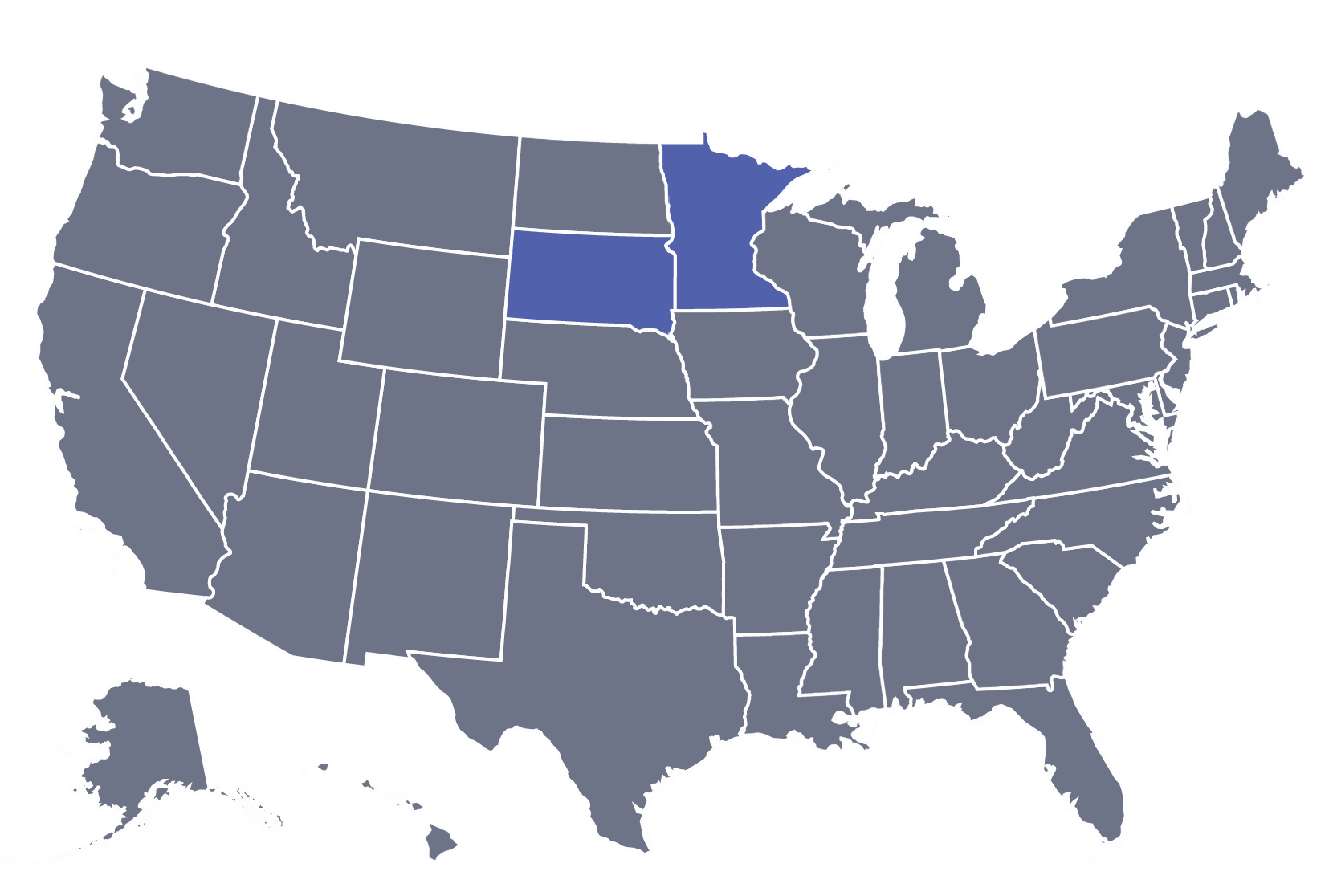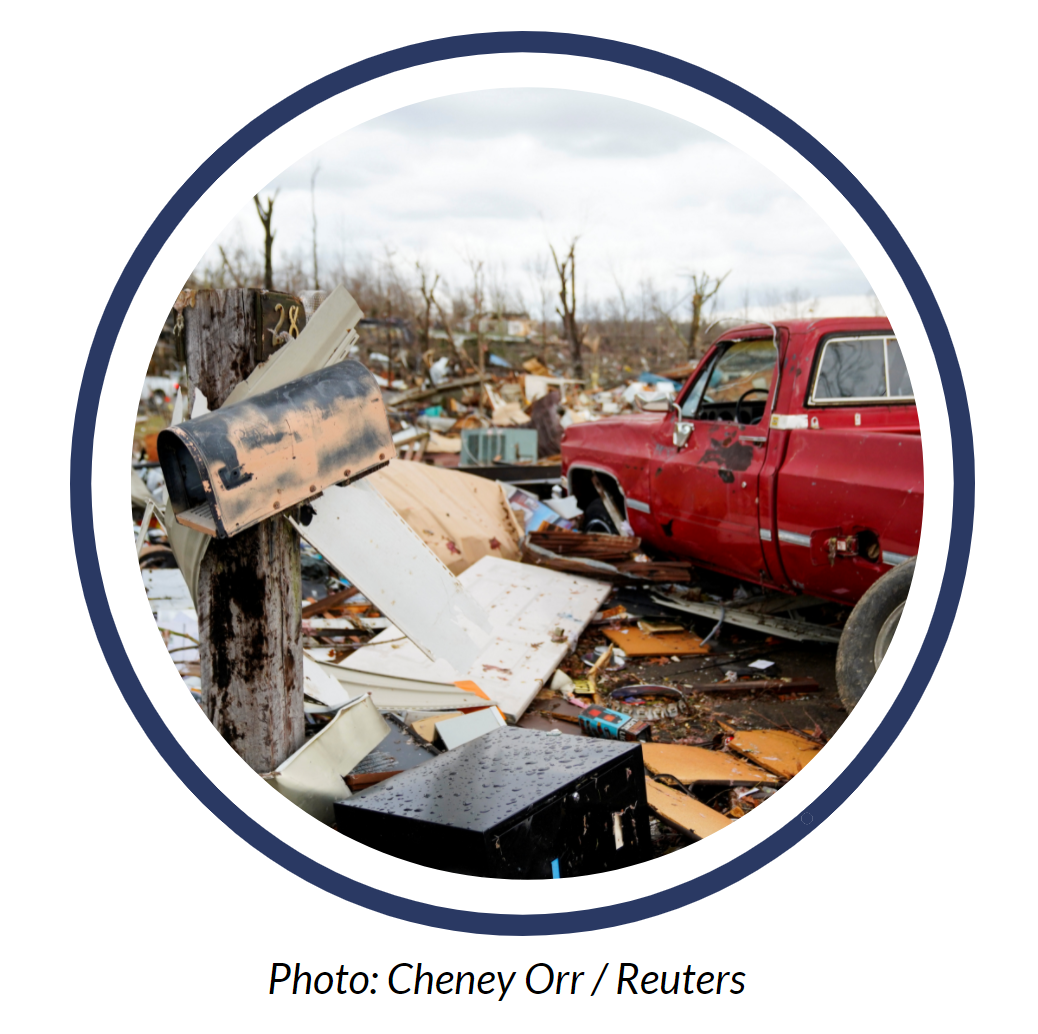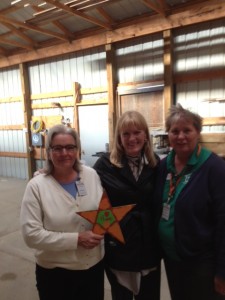This is Pastor Michael Stadie, Director of Lutheran Disaster Response.
This past week, I had the opportunity to do a field visit to Minnesota. While there, I spent time with Nancy Beers of Lutheran Social Services of Minnesota (LSS-MN); Nancy is the Lutheran Disaster Response Coordinator for the state. She is also the Director of the Camp Noah program, a ministry that works with children following a disaster, helping them to heal by processing their disaster experiences. To find out more about this program and how it makes a positive impact on the lives of children, please check out their website at www.lssmn.org/camp_noah. With the help of new staff members they are already planning ways to help children impacted by the recent disasters around the county as well as preparing for whatever disasters may be around the corner.
While Lutheran Disaster Response continues to monitor the situation in Louisiana, Mississippi and Alabama following Hurricane Isaac, it is important that we not lose sight of other parts of the country which have been impacted by disasters this past year. As you may know, most disasters do not reach the level of a federally declared disaster, which is a necessary trigger for many funding resources. While these disasters may be considered “small” on a national stage, for those who were impacted, these disasters are “huge”. This is in-part why we say no matter how big or small a disaster and no matter how much help comes from outside a community, the response is always a local one.
An example from earlier this summer is when Barnum, Moose Lake and Duluth, Minnesota were impacted by flooding that did not receive a federal disaster declaration. Pastor Karen Bockelman, a former member of the Northeastern Minnesota synod, came out of retirement to help work with congregations and communities as they engaged in their recovery efforts. Although new to disaster work, Karen has a great grasp of the needs and is a great asset to the recovery efforts. Since federal assistance is not available, the state legislature held a special session to address the needs of those impacted by the disaster. As part of the assistance package, LSS-MN recently began providing disaster case management in the impacted areas. The LDR national office has also provided an initial grant to LSS-MN to help them begin their work. As they continue this work LDR will be there to help as needs arise.
This is a good example of how Lutheran Disaster Response and its affiliates are willing to assist even in the “small” disasters, and how the generosity of our donors, especially those who give to the undesignated disaster account, makes a significant impact in helping people to recover.
Please continue to remember the people in this part of Minnesota in your thoughts and prayers as they go through the recovery process.
